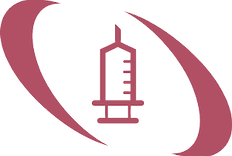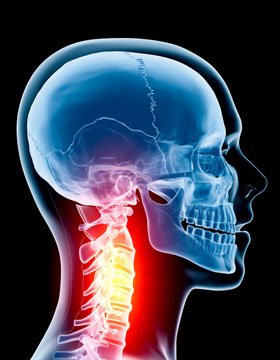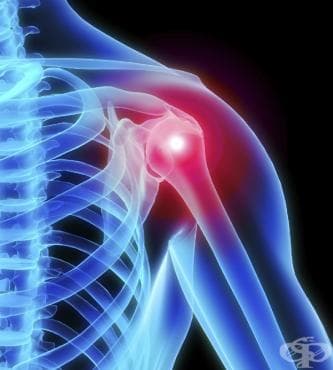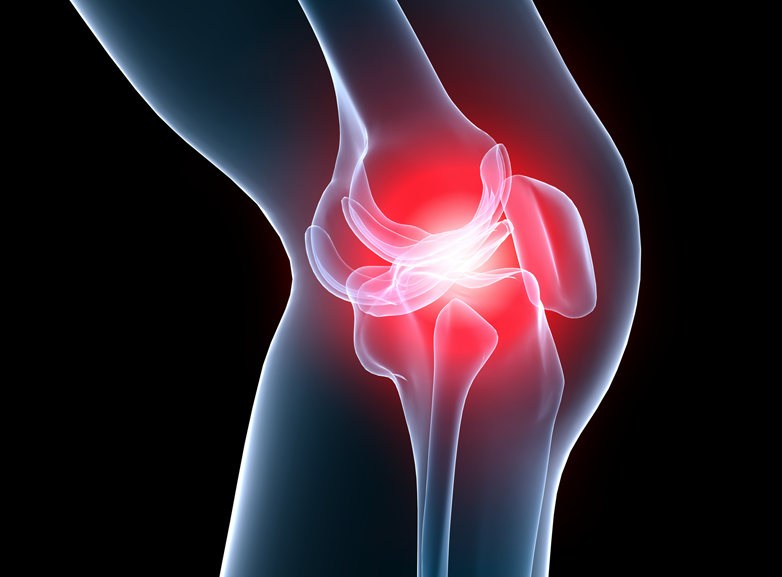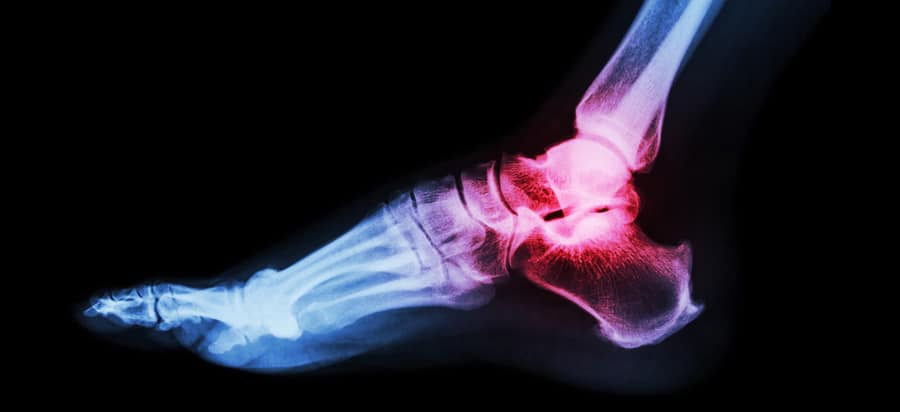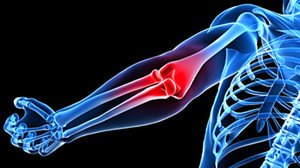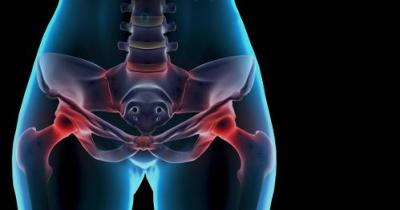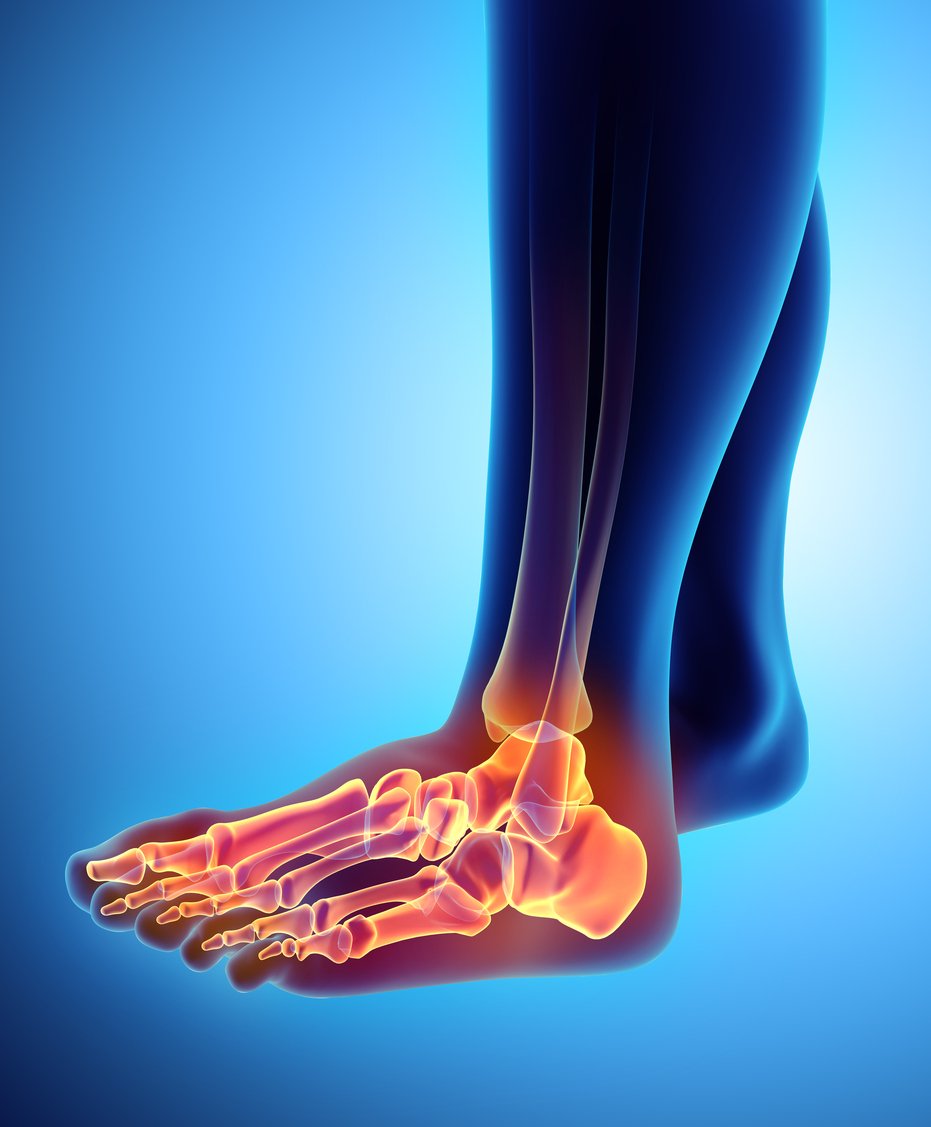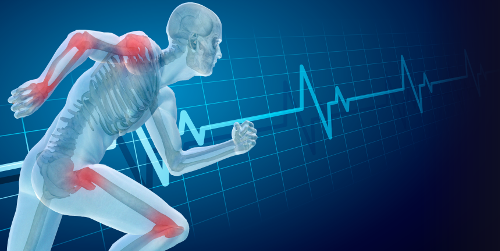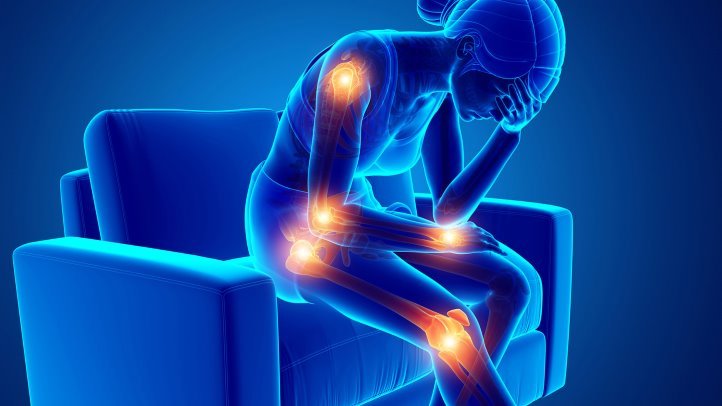PROLOTHERAPY BULGARIA
Take care of your ligaments, tendons and joints
- Are you asking yourself why you have back pains or other joint pain?
- Injured ligaments or tendons cause pain even when a person is not moving.
- Seek out a prolotherapy specialist for help!
call now
+359 889 159302
What is Prolotherapy?
With prolotherapy, you can treat pain and arthritis coming from your shoulders, elbows, wrists and arms, hips and knees, ankles and feet, and even your jaw.
But not only that, one of the most commonly treated areas includes the spine (the neck, chest and waist).
Prolotherapy works by “proliferating”, or stimulating the body, to make new fibers that are put into the tendons and ligaments, tightening and strengthening them.
Advantages of the therapy
- An easy procedure that can be performed immediately after the examination
- Fast and painless procedure in a pleasant environment
- Does not disturb your normal daily activities – no hospitalization and rehabilitation
- High number of patients cured worldwide
Problem areas that the therapy can treat

What do our patients say
My sincere thanks to Dr. Cavalino for the very quick and accurate examination and diagnosis, as well as to Rado for making all of this possible to happen so quickly and close to us.
Articles
If you want to read more about Prolotherapy,
you can check out some of our articles.
We always keep our clients up to date with the latest technologies.
Mandatory instructions after prolotherapy
Remarks: The benefit is not instant but gradual. It becomes...
Read moreFailed Back Surgery Syndrome Treatment (FBSS)
Spinal surgery is not always the answer for your low...
Read moreProlotherapy in Sports Medicine
Prolotherapy is a relatively new method for treating chronic pain....
Read moreEducational update – April 2019
Hypertonic Dextrose Injection Appears Effective for TMJ Dysfunction NEW YORK...
Read moreFrequently asked questions
The whole procedure, including the review process, does not last more than 30 minutes.
The therapy is mostly painless except for a slight needle prick.
1. Please take – Paracetamol (a painkiller) 2 tablets a day for 3 days.
2. Hot or warm compresses on the treated areas for 20 minutes 2 times a day.
3. Avoid applying ice to treated areas.
4. Please avoid taking any anti-inflammatory medication, including Aspirin.
5. Drink plenty of fluids and consume protein and a primarily vegetable diet.
Ligaments help to provide stability to joints. They prevent the joint from moving more than a normal range (though what is ‘normal’ varies from one individual to another). Some people have lax ligaments that allow more than ‘normal’ movement: often spoken of as ‘double jointed’ or hyper-mobile. In the spine there is a complex arrangement of ligaments, both between each vertebral segment and between the spine and pelvis, which allows flexibility in some directions and produces restraint in others.
Sometimes ligaments can be overstretched, or even torn (as in a sprained ankle). The ligament may then not control the joint adequately – thus leading to ‘instability’ which may put abnormal stresses on the joints and discs in the spine. The instability is compounded by breakdown in the muscle stabilising system through muscle weakness, fatigue and poor coordination.
In women, the pelvic joints need to be supple for child bearing, and so the ligaments soften and stretch more readily. Sometimes they do not tighten up after childbirth and therefore allow too much movement: hence ‘sacroiliac instability’.
